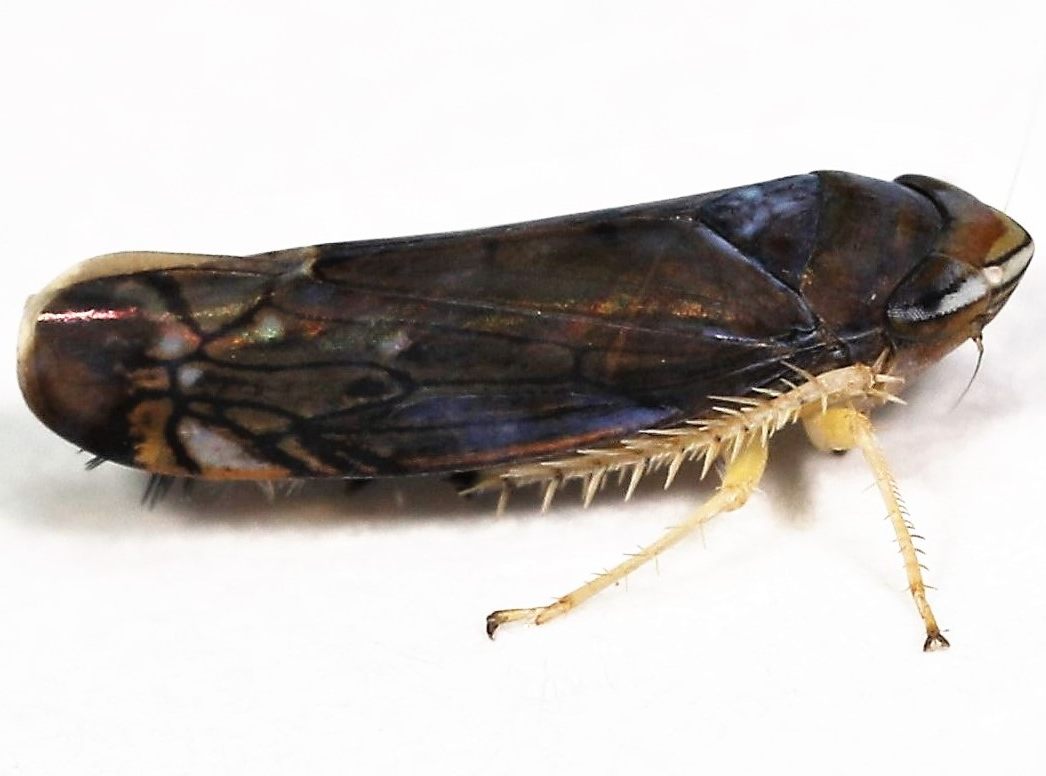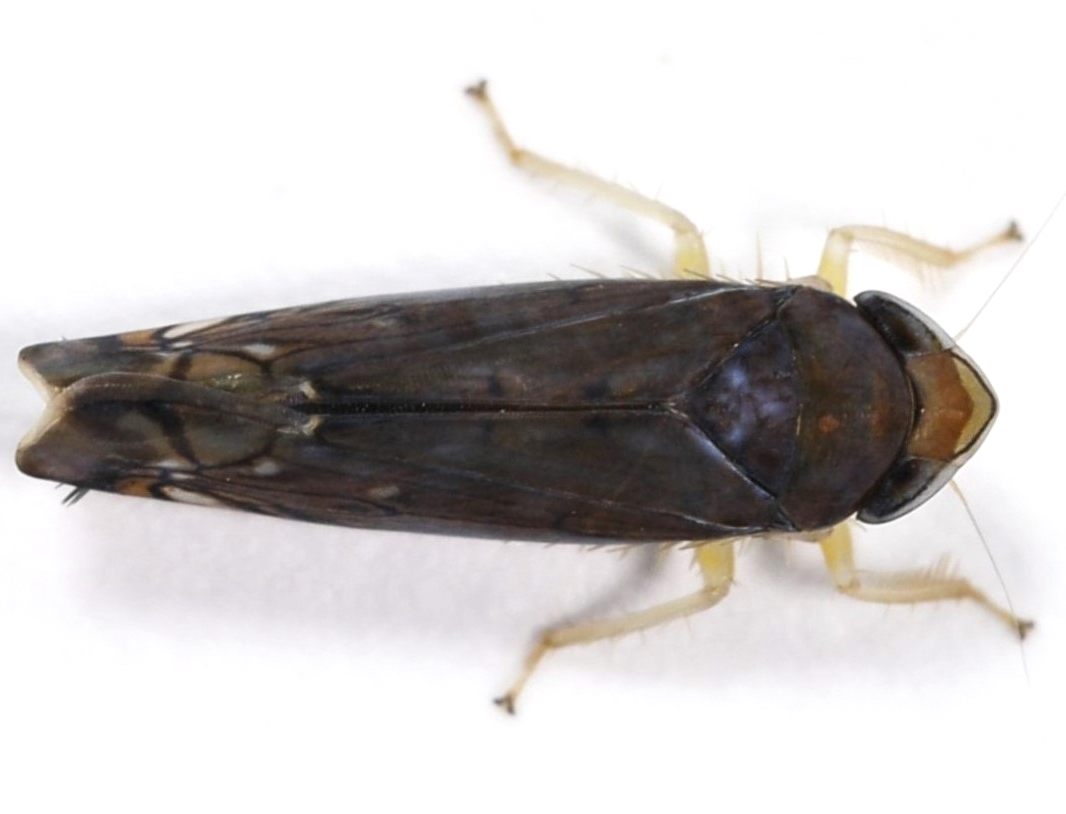| Family (Alpha): | |||
« |
 » » |
| CICADELLIDAE Members: | NC Records | |||||
|---|---|---|---|---|---|---|
Scaphoideus atlantus - No Common Name | ||||||
 © Ken Childs- note coloration |  © Rob Van Epps- note dark coloration |  © Rob Van Epps- dorsal view; note coloration |  © Kyle Kittelberger- female, underside |
|
Hoppers of North Carolina: Spittlebugs, Leafhoppers, Treehoppers, and Planthoppers |
| Family (Alpha): | |||
« |
 » » |
| CICADELLIDAE Members: | NC Records | |||||
|---|---|---|---|---|---|---|
Scaphoideus atlantus - No Common Name | ||||||
 © Ken Childs- note coloration |  © Rob Van Epps- note dark coloration |  © Rob Van Epps- dorsal view; note coloration |  © Kyle Kittelberger- female, underside |